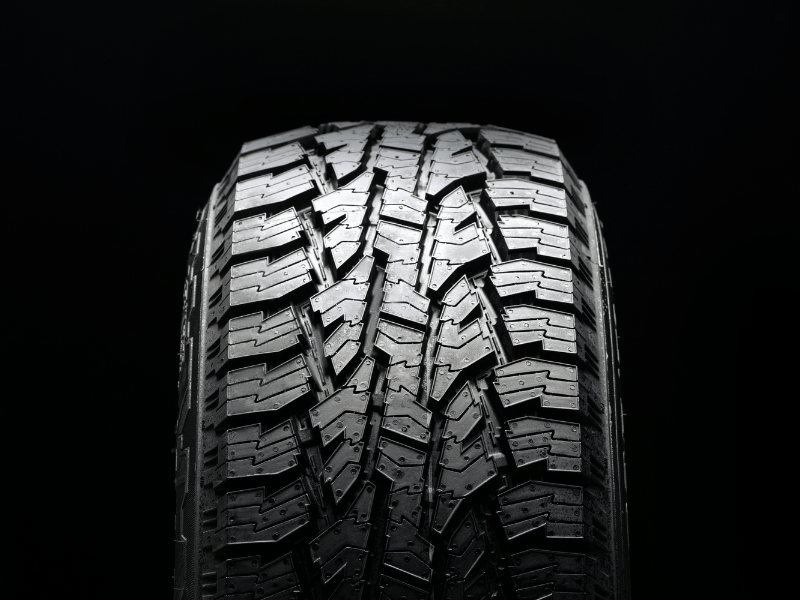With over 14 million new light electric vehicles (EVs) sold in 2023, there is a pressing need to develop tires that enhance their operation and performance. This is opening major opportunities for tire OEMs, as EV sales volume are forecast to increase 17.5% year-on-year to 41.2 million vehicles in 2029.
Optimising vehicle range is an immediate priority for EV drivers, spurring the sale of more low-rolling resistance tires, including those originally intended for fuel-efficient conventionally powered vehicles. National and global targets are driving this transition to reduce carbon emissions from transport. As this trend becomes pervasive automakers are also calling for greater use of sustainable raw materials, technologies, and manufacturing for their OE EV tires.
This potential is tracked in the forthcoming Smithers market report –
The Future of Sustainable EV Tires to 2029. Preliminary data from this show that total value in in the EV tire market will increase from a projected $29.9 billion in 2024 more than doubling to $70.3 billion in 2029.
Capitalising on this potential poses several challenges for tire designers, as well opportunities to leverage new cutting-edge technology, which are analysed in the new Smithers report.
A sustainable EV tire design should consider the whole lifecycle of the product. Tires can be composed of well over 100 different raw materials. These are mixed and the rubber compounds are machined resulting is several components of the tire construction. EV tires are expected to be stronger and lighter, with less rolling resistance due to its importance in CO2 emissions and fuel consumption.
Developing tire formulations for EVs presents a unique challenge, as the tread compound needs to be more resistant to abrasion. Instantaneous high torque and vehicle dynamics demand traction performance, but battery life and range call for very low rolling resistance compounds. In addition, vehicle weight and new environmental pressures stand for improved durability and abrasion resistance.
In production this is creating opportunities for the latest manufacturing equipment, including:
- Tandem mixers for producing more homogeneous rubber compounds, including tread compounds using optimised silica fillers
- Triple or quadruple extruders for treads and sidewalls
- Roller head or roller die units for producing inner liners as a single or multilayer sheet
- Four-roll and Z-type calenders for improved coating of textile of steel cord components
- Fully tire assembly machines (TAMs) that can produce tires to tight specifications, with excellent uniformity, and without direct operator intervention
- Optical machine vision systems for end-of-line quality inspections, including new technologies such as X-rays to check steel belts, cords, and bead reinforcement; as well as for air bubbles in inner liners
- Simulation software to model the performance of new designs quickly and with no material input costs. These are being enhanced by AI analysis, and integrated into automated Industry 4.0 workflows say modern tire plants.
After rolling resistance raw materials are the second most important factor impacting sustainability. Sustainable materials can be broadly divided into “renewable materials” that can be sustained on time, and “recycled materials” that are re-used, potentially from recovered end-of-life tires (ELTs). Several tire companies are radically rethinking material sets, concept tires using between 70% and 93% recycled or renewable material content.
Many straightforward changes are possible, an example is to use more natural rubber in the components. The replacement of petroleum-based oils with bio-based oils comes later, and implies compound formula adjustments. A major focus for the industry is on products for the EV market and many companies announced that most of their compound development work will be for the burgeoning EV market.
The Future of Sustainable EV Tires to 2029 from Smithers gives unparalleled insight and market data on this strategically compelling segment of the tire industry.
